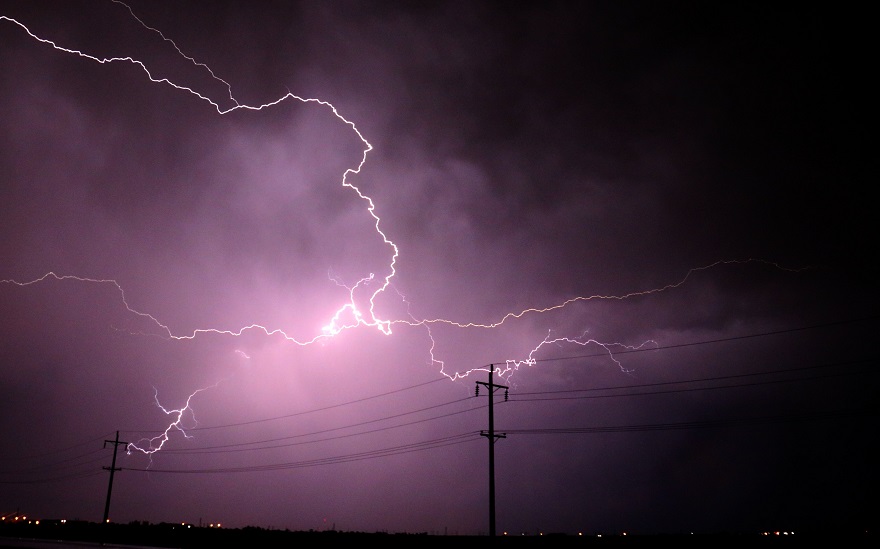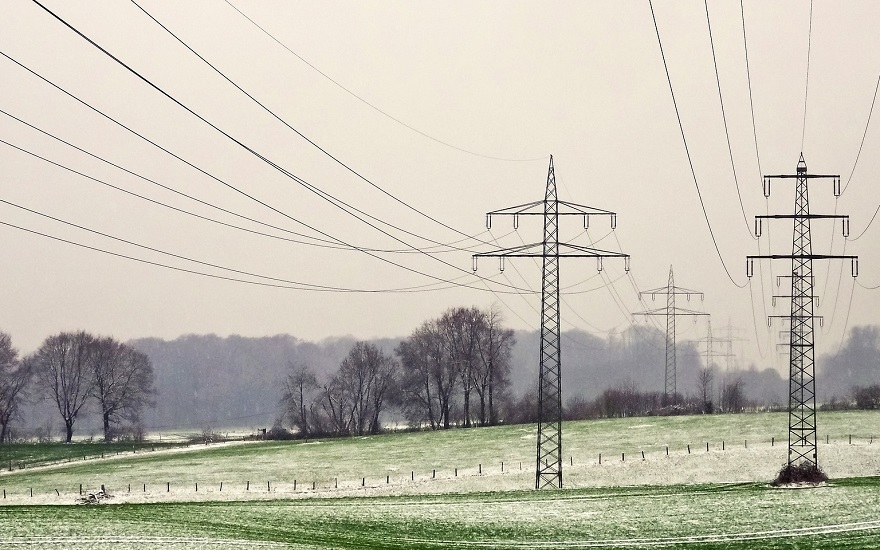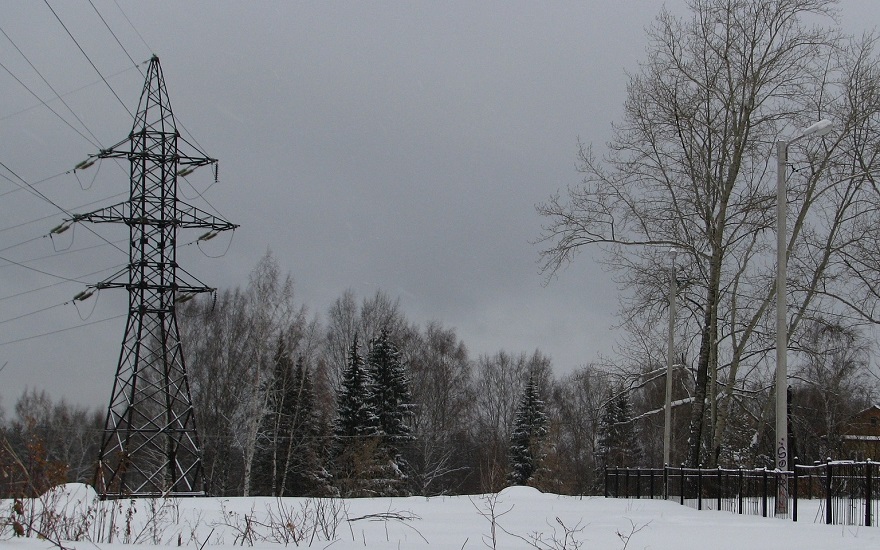Handy links to every article the Blackout report has published about the 9 August 2019 blackout.
More than 1 million customers across Britain left without electricity. Two power plants disconnecting from the grid because of a lightning strike. Suggestions there isn’t enough reserve power on the network.
The 9 August 2019 blackout was the UK’s most significant power cut for years. It raised fundamental questions about the future of our power grid. And it also demonstrated the chaos caused by a widespread – albeit short-lived – disruption to our power supplies.
the Blackout report has kept a close eye on developments in the story, from the initial analysis into what really happened to the longer-term issues our power networks face during the shift to zero-carbon.
Here are all our 9 August 2019 blackout articles in one handy place!
National Grid’s Interim Report – What Actually Happened?
This piece explores the network operator’s initial investigation into the incident.
National Grid ESO’s interim report came just a week following the blackout, with its preliminary findings pinning the blame on lightning strikes causing two power stations at Hornsea and Little Barford to go offline.
Combined with a few other smaller embedded distribution generation totalling around 500 MW disconnecting, the unexpected loss of power caused a drop in grid frequency.
National Grid initiated more than 1 GW of reserve services; however, this didn’t prevent frequency falling again to 48.8 Hz.
This led to the Low Frequency Demand Disconnection (LFDD) protection mechanism kicking in. As a result, more than 1 million customers across Britain had their electricity cut.
According to the interim report, the blackout was the first occurrence of LFDD in more than a decade.
Distribution Network Operators restored supplies within 31 minutes and LFDD worked “largely as expected”.
National Grid’s Full Technical Report
September sees the system operator provide further details about the power cut.
In addition, the technical report highlights several action points, including a review into the amount of power reserves held for such incidents.
The analysis sheds more light on the events of 9 August. In total, 1,691 MW of power generation was lost from the network, well above the threshold recommended by the Security and Quality of Supply Standard (SQSS) guidelines.
While it emphasises again that LFDD operated as expected, another of the report’s recommendations suggests a review of the facilities covered by the scheme.
This follows on from confusion regarding hospitals and airports and whether they were inadvertently disconnected.
Energy Emergencies Executive Committee Interim Investigation
A further report follows in October, this time from the E3C – a partnership between government, energy regulator Ofgem, and the wider industry. The committee’s role involves coordinating resilience planning throughout the energy sector.
The analysis mirrors much of National Grid ESO’s findings, with its recommendations focusing on whether the reserve and response policy is fit for purpose, the implications of an increase in embedded generation, and a review of the LFDD mechanism.
Ofgem “Fines” Firms £10.5 Million Over August Blackout
The energy regulator penalises three companies over their role in the power cut.
Two companies in charge of the plants that went offline – RWE Generation and Orsted – both agreed to pay £4.5 million each.
While the DNO UK Power Networks paid £1.5 million in return for it starting to reconnect customers without the permission of National Grid ESO. Although this technical breach didn’t have any knock-on effects on 9 August, such a move had the potential to scupper efforts to recover the system.
The £10.5 million in fines went into a fund overseen by the charity Energy Saving Trust.
E3C’s Final Report And Recommendations
After months of investigation and debate, January 2020 saw the E3C deliver a 10-point action plan to improve the resilience of Britain’s power networks.
The committee split its analysis into five distinct areas: loss of generation; reserve and response; LFDD scheme; impact on essential services; and communications.
The UK government immediately confirmed it would implement all 10 recommendations in full.
Batteries And The Blackout
This article highlights the importance of battery storage in potentially preventing far greater disruption.
Batteries accounted for nearly half of the reserves National Grid had at its disposal on the day (472 MW out of a capacity just over 1,000 MW).
Within milliseconds of the loss of generation during the 9 August blackout, these rapid-response batteries kicked into action. In this case, the total amount of reserve held by the network operator wasn’t enough to stem the flow, leading to further action i.e. LFDD.
However, in the aftermath of the incident, many industry experts suggested that significantly increasing the volume of battery storage would be a relatively inexpensive way of building reserve capacity.
The Role Of The LFDD Scheme
Low Frequency Demand Disconnection is the grid’s automatic defence scheme.
At its heart, LFDD involves load shedding if, in an extreme event, grid frequency falls outside the safe range. In reality, this means cutting off some customers’ electricity to stop the entire network going offline and leaving everyone in the dark.
In the 9 August 2019 blackout, LFDD resulted in 1,152,878 electricity customers (approximately 5% of people in Britain) losing power for between 15 and 45 minutes.
While National Grid was content that LFDD “worked largely as expected”, several issues did arise.
Firstly, two DNOs admitted there was problems in their area that mean some customers didn’t actually get disconnected when they should.
On the flip side, some disconnections took place in Scotland even though frequency didn’t fall low enough for them to technically come into force.
In the bigger picture, questions focus on the increased role of distributed generation and what impact this might have on the future of LFDD.
Inertia – The Network’s Vital “Shock Absorber”
This feature focuses on the role of inertia in our electricity system. In the immediate aftermath of 9 August, many speculated that an increasing reliance on renewables left the levels of system inertia more vulnerable.
National Grid refuted these claims and the facts show that adequate levels of inertia were in place at the time of the incident.
However, there are legitimate questions about the ongoing transition to zero-carbon – often non-synchronous – generation and how network operators ensure there’s still enough inertia in the system as fossil fuel-powered plants make up less of the mix.
Is synthetic inertia in the form of battery storage or flywheels the answer?
Exploring The Most Common Blackout Causes
A drop in frequency was the root cause of the 9 August 2019 blackout. But it’s just one of several power problems our electricity network faces.
This article examines everything from sags and surges, through to harmonics and electrical noise.
National Grid Launches Dynamic Containment Frequency Balancing Scheme
Electricity system operator introduces a new scheme to procure power that will help keep network frequency balanced.
The mechanism marks National Grid ESO’s shift towards real-time procurement and could help prevent similar blackouts to the one experienced on 9 August 2019.




